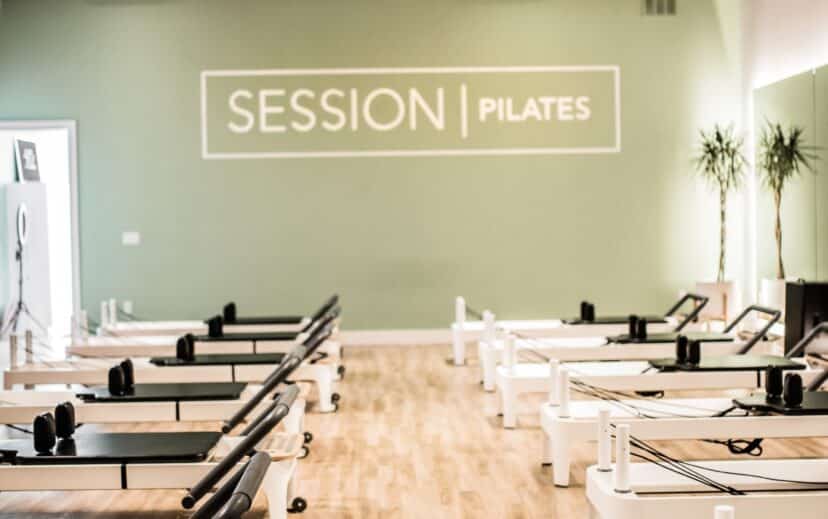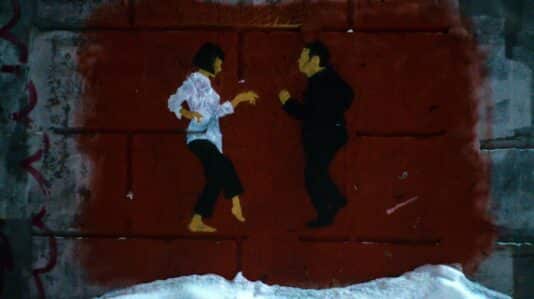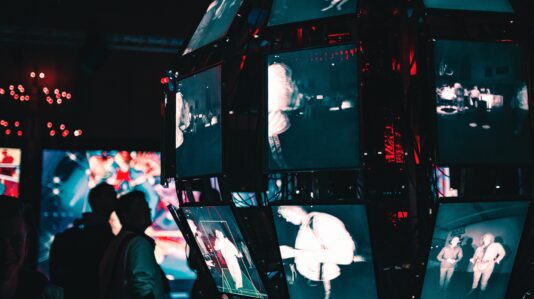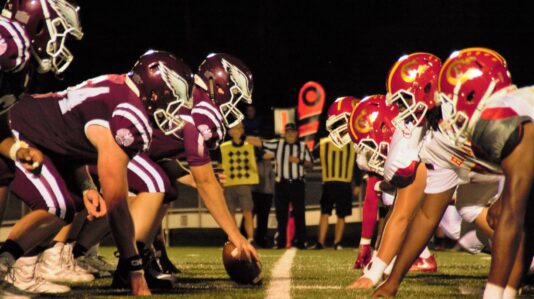There are currently over 100,000 fitness studios in the United States. Of these nearly a third are devoted to Pilates or Yoga. This likely would have pleased Joseph Pilates, the eponymous creator of the core-strengthening exercise regimen whose mission had been to perpetuate his inventive “Contrology” workout globally. Recently, however, this expansion has been complicated by one Sean Gallagher, Pilates’ self-styled protégé, whose mission seems to have taken a different tack, with Gallagher seemingly doing all in his power–and, as it turns out, a little beyond it–to stop others marketing “Pilates” moves and routines.
Gallagher, a physical therapist, has a trove of more than a thousand photos that once belonged to Pilates and claims to hold the copyright in the images. Many of these photos appear to demonstrate the proper form and execution of moves Pilates developed, and a good number of the black and white images feature the man himself. Alternative fitness regimens are these days largely marketed on social media, and Gallagher has busied himself filing DMCA take down notices–legal notifications issued under the provisions of the US Digital Millennium Copyright Act intended to combat online copyright infringement–in an attempt to suspend the accounts of users posting these vintage images to Instagram and Facebook.
WHAT IS COPYRIGHT?
Copyright, a form of intellectual property, is a legal concept granting certain exclusive rights to creators of original works of authorship fixed in a tangible medium (e.g., photos, books, films) allowing these creators to control and protect these works. A copyright holder has the exclusive right to reproduce the work, prepare derivative works, display the copyrighted work publicly, and distribute copies of the work to the public. Copyright grants an exclusive legal right to determine when and under what conditions an original work can be used by others, and a copyright owner has the right to transfer the copyright or give exclusive permissions to others to use the work subject to copyright.
COPYRIGHT AND PILATES’ PHOTOS
Gallagher obtained a registered copyright in Pilates’ previously unpublished photos and by virtue of that he filed a complaint against Mary Kelly, a Pilates studio owner, alleging copyright infringement and unfair competition, for Kelly’s posting of two of these photos online without his permission, on Instagram and on her own Pilates website.
Kelly asserted several copyright infringement defenses, including arguments that the vintage images were in the public domain; that her use of the images was excusably insignificant, or de minimis; that her use constituted “fair use” under the US Copyright Act; and that Gallagher’s copyrights themselves were improperly granted. What’s more, Kelly claimed that Gallagher knowingly and intentionally made false statements to the Copyright Office about how he acquired the photos.
Kelly asserted counter-claims as well, against Gallagher in connection with his filing of the false and fraudulent–or so Kelly asserts–DMCA takedown notices with Instagram, which caused her personal page to be shut down. She’s alleged that Gallagher publicly misrepresented ownership of the copyrights, and that “there is no document specifically transferring the copyrights from the photographer to anyone else.” The case is set to be heard by a jury in the coming months.
As thin as Gallagher’s claim to the copyright in Pilates’ old photos is, it’s all he’s got. Fitness routines themselves, Joseph Pilates’ “Contrology” included, are not subject to copyright protection. A decade ago, the Copyright Office–somewhat belatedly recognizing that it could only grant registration to categories of works that Congress and the Federal Courts had determined to be eligible–announced a policy to not only deny future workout routine registrations–in this instance with respect to yoga–but also retrospectively invalidate those that it had previously issued:
“The relationship between the definition of compilations in section 101 and the categories of authorship in section 102(a) has been overlooked even by the Copyright Office in the past. The Office has issued registration certificates that included “nature of authorship” statements such as “compilations of exercises” or “selection and arrangement of exercises.” In retrospect, and in light of the Office’s closer analysis of legislative intent, the Copyright Office finds that such registrations were issued in error.
[…]
The Copyright Office concludes that the section 102(a) categories of copyrightable subject matter not only establish what is copyrightable, but also necessarily serve to limit copyrightable subject matter as well. Accordingly, when a compilation does not result in one or more congressionally-established categories of authorship, claims in compilation authorship will be refused.”
AND WHAT ABOUT TRADEMARK? GALLAGHER’S EARLIER BITE AT THE IP APPLE.
Gallagher has claimed intellectual property in Pilates before. In the late 1990s he successfully registered “Pilates” as a trademark in an attempt to stop others from using the term, teaching the method, or producing the required equipment without his permission. Ken Endelman, owner of Pilates apparatus manufacturer, Balance Body Inc, challenged all this in a four-year legal battle.
WHAT IS A TRADEMARK?
Trademarks identify the source of a particular good or service. Having a trademark registered with the United States Patent and Trademark Office (“USPTO”) can help protect and bolster your brand. Trademarking a word, phrase, symbol, or design associated with your brand identity is important because federal registration can stop your mark being used by potential infringers. But, as Gallagher was to learn, not all trademarks can be registered.
“PILATES” FOUND TO BE “GENERIC” AND UNREGISTRABLE
In October of 2000 a Manhattan federal court declared “Pilates” a generic term, that is, a non-source-indicative word, synonymous with the thing it refers to, and hence not registrable as a trademark. Judge Cedarbaum ruled that “Pilates” was like “yoga” or “aerobics,” a generic term and since consumers identify “Pilates” as a method of exercise, Gallagher cannot monopolize it. The decision also noted that Gallagher had obtained the trademark covering his equipment business through fraud. In sum, the court’s action meant that “Pilates” could be used by anyone, including the thousands of Pilates instructors Gallagher had sought to prevent from calling themselves Pilates instructors.
CONCLUSION
Intellectual property law is of core and vital importance to commerce, and this–simple conclusions from the foregoing notwithstanding–includes the fitness industry. If you’re a fitness instructor or studio owner developing a brand it’s important to know what intellectual property law can and cannot do for your business. Work with an attorney who is familiar with business and intellectual property law. For more information, contact a member of our team.





